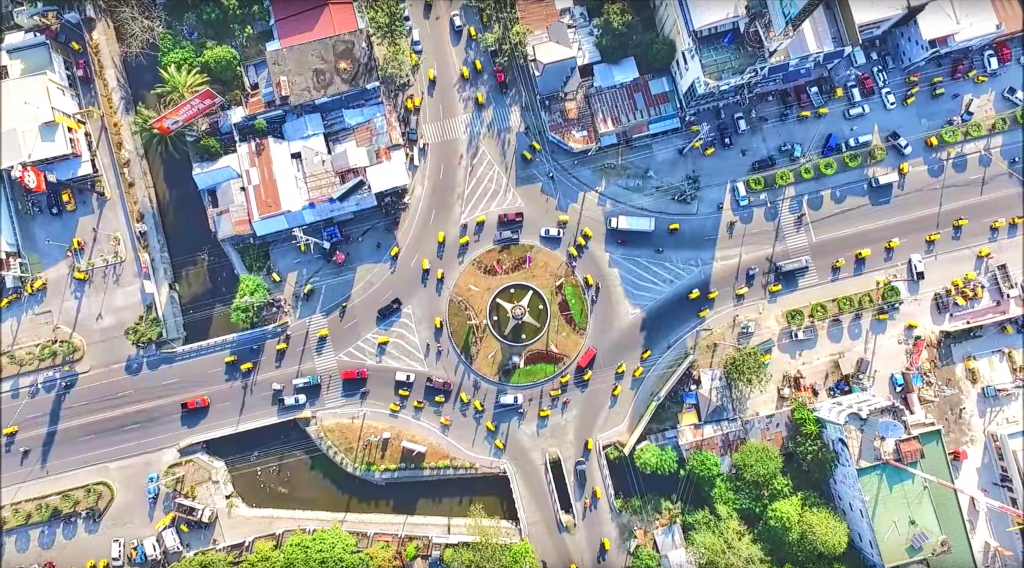
The Philippines is a country of splendor and wonders. If you think you have seen enough with its pristine beaches and great peaks, you will be stunned by what this country can offer further. The glorious history of its islands and the rich cultures create another spectacle worthy of respect. Adding to the precious gifts the Philippines was blessed with are its people.
The warm and loving Filipinos complemented the natural beauty and its celebrated past. Their good qualities can surprise you as well. For one, did you know that Filipinos with varied beliefs live together in harmony like tight-knitted threads of different colors, making a beautiful cloth?
If you haven’t discovered this feature yet, we say it is time to explore Koronadal City in Southern Mindanao. Koronadal City was once called “Marbel,” which translates to cloudy waters in B’laan, one of the indigenous peoples of Southern Mindanao. It eventually got its name, Koronadal, from the words koron or kolon, which means cogon grass in B’laan, and nadal or datal, which means plain.
Koronadal City, known as the “Crown City of the South,” is home to people of different cultures. Indigenous tribes from Mindanao, Muslim Filipinos that regard the region as their homeland, and migrants that came in over the years inhabited the city. The rich diversity brings rich art to the metropolis. The harmony amid the differences inspires the new generations. Its preservation of indigenous culture makes the city worthy of being considered the top cultural destination in the country.
Get to Know the Cultures in Koronadal City
B’laan Culture
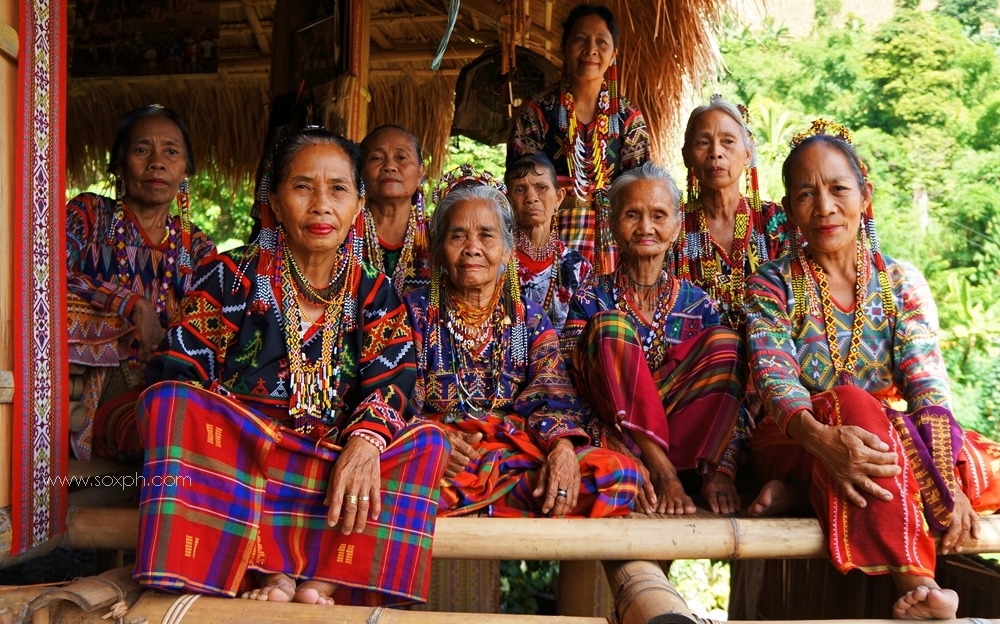
Among the indigenous peoples in Mindanao are the B’laan tribe. They are people who give value to their heritage and tradition. Divided into two subgroups, the To Lagad (highlanders) and Baba (lowlanders), B’laan occupies different areas in the region. The province of South Cotabato is where the highlanders were based.
The B’laan tribe and Maguindanao tribe live in the same area. The former settled in the mountains while the latter in the coastal regions. In the past, a B’laan female was united with an Arab male through marriage, which resulted in Islam penetration in Southern Mindanao. The two tribes, considering each other as brothers and sisters, also started becoming trade partners.
The B’laans’ language only has some similarities with that of T’boli. Still, it does not have much in common with the indigenous groups in the region. They are known for their unique way of weaving using abaca fiber and their mastery of smelting brass and copper.
Christian Culture
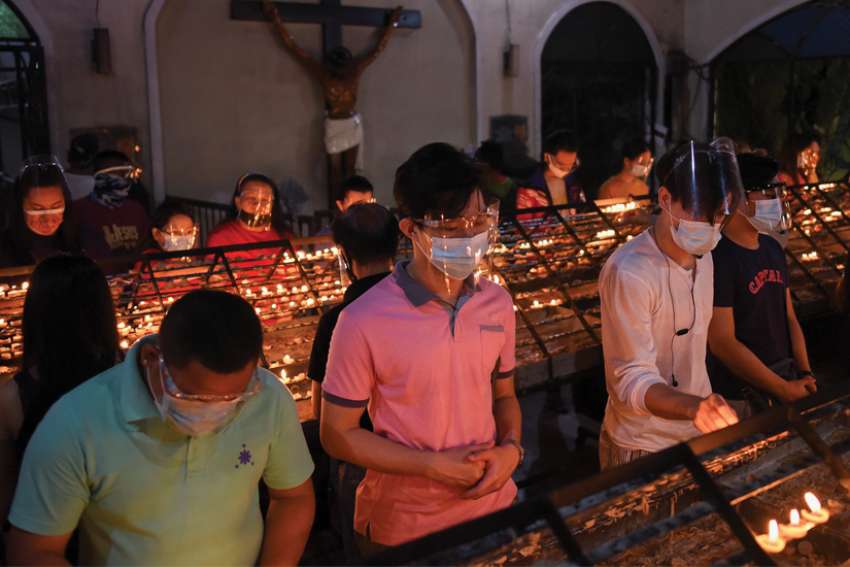
The population in the Southern Philippines is dominated by Christian Filipinos, accounting for more than 70 percent. Christian migrants from Luzon and Visayas began arriving in the region in the seventeenth century as the Spanish invaders aimed to increase Jolo, Zamboanga, and Dapitan populations. Two centuries later, migrations in Iligan and Cotabato followed. The migration continued under the American occupation, and its government started establishing agricultural colonies in the region in 1913.
With the creation of the Marbel Settlement District under the Commonwealth Administration in 1940, more landless farmers from Luzon and Visayas were assisted by the government to migrate to Mindanao. Twenty-three farmers from other regions were the first to settle on the old Marbel and were provided with hectares of land to till. Most of the migrants who settled in the area were:
- Hiligaynons
- Cebuanos
- Tagalogs
- Ilokanos
- Warays
- Pampangos
- Bicolanos; and
- Aklanons
Muslim Culture
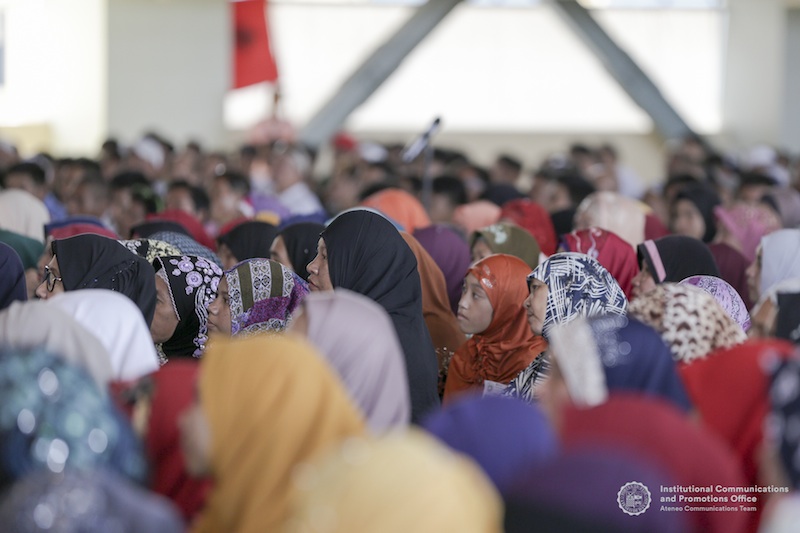
The 500-year political history of Philippine Muslims is considered the vastest political experience in the country. Most of the Philippine Muslim population settled on the western side of Mindanao in the Sulu Archipelago. They are also high in numbers in the provinces of Lanao and Maguindanao. Some are in the nearby area of South Cotabato, where Koronadal City is located.
Philippine Muslim culture is a combination of Islam and adat, which is made up of pre-Islamic culture and philosophical understanding of the Muslims on Islam teachings. One of Mindanao’s most glorious parts of Muslim history is its resistance against western occupation. Before the arrival of the Spaniards, Islam had already infiltrated Koronadal City, making it unsuccessful for the foreign invaders to spread Catholicism in the south.
Celebrate Culture through Festivals
Like any city in the country, Koronadal City also displays its rich culture through festivals and activities spread throughout the year. More than merrymaking, each event in this busy city tells stories of the past, making it all the more significant in the present.
Hinugyaw Festival
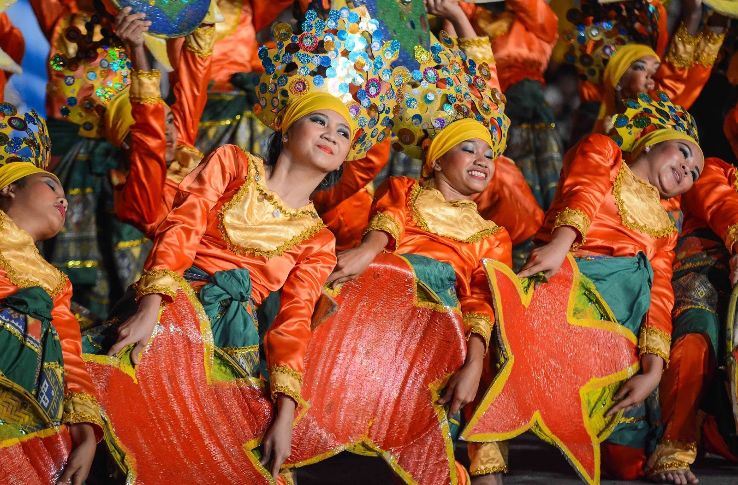
The word “hinugyaw” itself, which means to be in high glee, already gives you the idea of what to expect in this festival. People in Koronadal open every year with cheer, with the Hinugyaw Festival happening in January. The merriment spreads to every Koronadaleño as well as to every local and foreign tourist coming to the city only for the celebration.
Hinugyaw Festival celebrates the city’s early years and its founding anniversary as a municipality. During this festivity, you will be attracted to street dancers adorned in colorful costumes. Much more, when they start their performances by narrating the history that shaped the present bustling city. Cheerful music from drums and disco parties at night will boost your mood. Trade shows and float competitions will leave you in awe.
Among the notable activities during this festival is the Handurawan (Pioneer’s Settlers Night) which reflects how the city values the coming of settlers in the past. Meanwhile, one of the underrated details of the Hinugyaw Festival is that street dancing happens before dusk. Unlike any merrymaking in other parts of the country, Koronadal City believes that putting the dancers protected from the sun’s scorching heat is essential.
T’nalak Festival
If you happen to visit in July, don’t miss the chance to witness the city’s dream weavers in the colorful T’nalak festival. The festival celebrates the abaca cloth, T’nalak, created by weavers of the T’boli tribe. The fabric represents the blending of cultures and the harmony and unity of people living in the area. Like any other festivals in the country, you can enjoy trade expos, battles of the bands, and the likes. But for the T’nalak festival is the Grand Parade, which features locals adorned in colorful costumes that reflect the indigenous people’s culture. The parade is divided into three categories: the Medal B’lan, Kapatagan, and Kadsagayan A lalan, which represent the T’boli, Christian, and Muslim cultures, respectively. The traditional cloth also gets the spotlight during the Search for Mutya ng South Cotabato, where ladies wear local designer-made pieces.
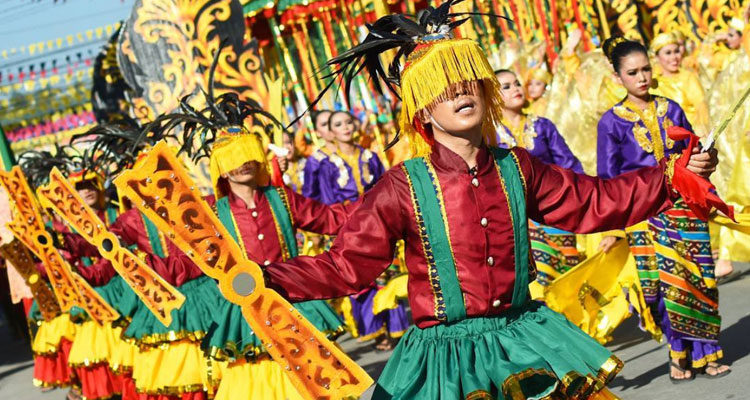
There is also a competition called ADUSAY, a shortened term for awit, dula, sayaw (sing, drama, dance), which revolves around legends and stories in the province – another proof of how Koronadal embraces its rich past. Added to this is the Bahay Kubo, where municipalities and cities come to the South Cotabato provincial capital, Koronadal, to display their products in a Filipino house made of local materials, Bahay Kubo.
Koronadal City celebrates its culture beyond the Hinugyaw Festival and T’nalak Festival. More activities are happening almost every month that gather both Koronadaleños and tourists. The diverse art and culture also come alive during Arts Month in February. A separate set of activities is also lined up for October to mark the City Charter Anniversary. These festivals and socio-cultural activities are the city’s way to preserve the culture and foster the spirit of nationalism among its people, especially the young generations.
Explore Must-Visit Destinations
As Koronadal City moves to promote culture through festivals, it also has established sites that contain precious items from the past. This city also takes pride in its natural beauty, becoming a magnet for foreign and local tourists.
South Cotabato Community Museum
Tracing back history will take a long conversation, given all the critical events in the past that led to the present Koronadal City and South Cotabato as a whole. Learning the illustrious history is made more interesting by the physical presence of items. South Cotabato Community Museum, located on the 3rd Floor of the South Cotabato Gymnasium and Cultural Center, has it all. You will surely learn about the province’s rich history, with at least 1,000 historical artifacts present in this museum.
Surallah Cultural Landmark
From Koronadal City, you might also be interested in seeing this cultural landmark located less than an hour away. Surallah Cultural Landmark in Surallah, South Cotabato, was opened to the public in 2011. Also called the Tri-People Monument, this landmark recognizes the three groups – the T’bolis, Muslims, and the Christians — who settled in the south. It was made by the famous sculptor Kublai Ponce Millan. It also features musical instruments and local produce. The sculpted figures are beaming while some are in dancing positions.
Siok Falls
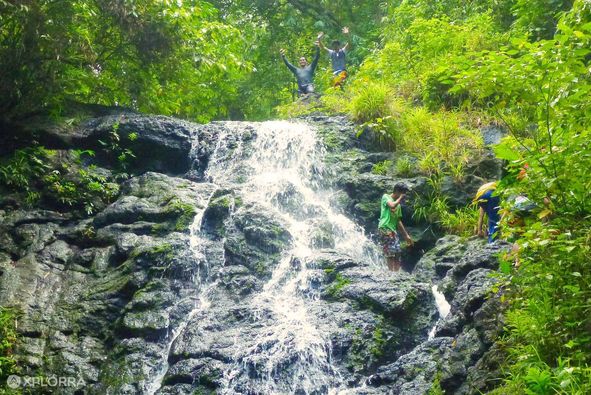
Side trip from your cultural adventure with a trek to Siok Falls along the Roxas Mountain Range. You can locate this 40-feet marvel located at Sitio Siok in Barangay Mabino, less than 11 kilometers from the city proper. You will surely not think twice but splash into the clean water once you arrive at this eco-tourism site. After all, you might have also wet yourself with the river trekking on your way to this hidden treasure. Expect to come across some natural beauties in your adventure toward Siok Falls. For one, you will pass by the Kawa Falls, which looks like a cauldron on top of the giant rocks and tree roots.
Mambukal Hot Sulfur Spring Resort
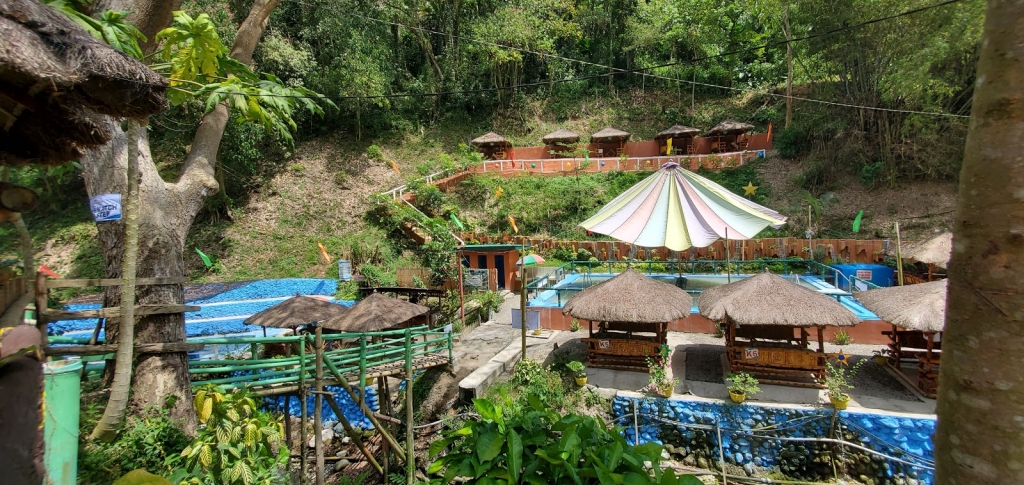
If you are looking for an escape from the busy city, Mambukal Hot Sulfur Spring Resort is the place to go. This tourist destination will assure your peace and calm. The warm water in the spring will wash your stress away as the sight of the lush forest replaces it with relaxation. The sulfur smell covering the area will make you feel closer to nature. You can find this nature’s treat in Brgy. Mambucal is just around six kilometers away from Koronadal City.
Rizal Park
Rizal Park is the most accessible spot to chill in the city. Located at Alunan Avenue, this park is the favorite place for groups of friends and people to hang out. It becomes more vibrant during the Hinugyaw Festival as it serves as a venue for several activities. Rizal Park also witnessed the progress of the bustling city with the developments rising through time. The aviary Dome, Musical Interactive Fountain, Giant Chess Board, Picnic Cottages, and the new Welcome Arch are among the new sights to see and amenities to enjoy.
Live your Dreams in the Land of the Dream Weavers
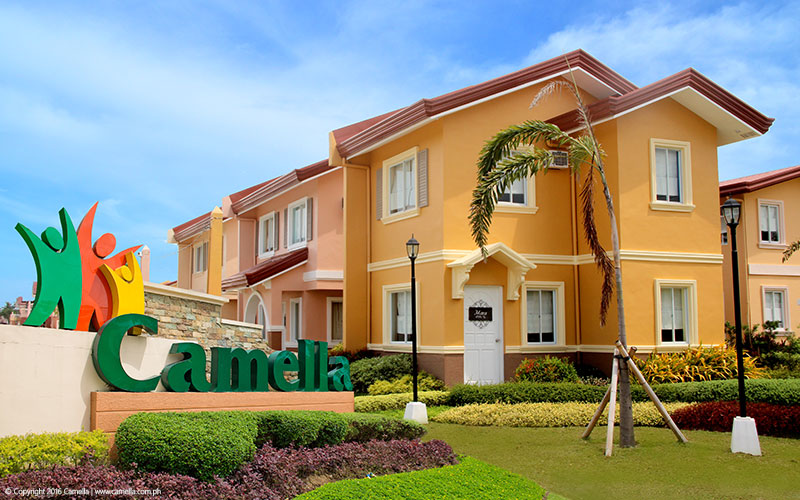
Like the dream weavers of South Cotabato, you too can start gathering the threads of your plans and weave a colorful life in Koronadal City. This progressive provincial capital assures inclusivity and warmth — as completely backed by its preservation of diverse cultures from past to present. Beyond its cultural gems, Koronadal City makes an ideal place to live and invest. Koronadal City always makes it into the Department of Trade and Industry’s (DTI) competitive index rankings, which measure a city’s economic dynamism, government efficiency, infrastructure, and resiliency. It was also named the Most Business-Friendly Local Government Unit for several years, and the latest was in 2019.
Living a sustainable life is upon reach in Koronadal City with its ever-growing economy. Investing in a house and lot for sale in Koronadal City is one of the most valuable decisions you can make in your lifetime. It will even be more rewarding if you invest with Camella Homes, the country’s leading developer. Start weaving your dreams with Camella Prima Koronadal. Covering an 8.7-hectare area, Camella Prima Korondal in Purok Mabuhay, Barangay Carpenter Hill, can become your following address.
You will never run out of options from selecting the Mediterranean-inspired home that will assure your comfort and security. Its strategic location will answer your everyday needs as you can easily access malls, schools, hospitals, transport terminals, and places of worship. This community is packed with amenities like a swimming pool, clubhouse, playground, and shuttle service that are set to raise your lifestyle. For sure, Camella Prima Koronadal will be your dream come true!
References:
https://koronadal.gov.ph/city-history/
https://mindanaotourism.com/destinations-k-z/koronadal-city.html
https://indigenouspeopleofmindanao.weebly.com/south.html
https://ncca.gov.ph/about-ncca-3/subcommissions/subcommission-on-cultural-communities-and-traditional-arts-sccta/central-cultural-communities/the-blaans/
https://ncca.gov.ph/about-ncca-3/subcommissions/subcommission-on-cultural-communities-and-traditional-arts-sccta/central-cultural-communities/the-history-of-the-muslim-in-the-philippines/
https://koronadal.gov.ph/culture/
https://www.tripadvisor.com/LocationPhotoDirectLink-g1731629-d6782418-i224189512-South_Cotabato_Community_Museum-Koronadal_Cotabato_Province_Mindanao.html
https://www.southcotabatonews.com/2013/01/tri-people-monument-surallah-cultural.html
https://www.southcotabatonews.com/2012/10/siok-falls-in-koronadal-city.html
https://www.desoncunado.com/post/mambukal-hot-sulphur-spring-resort


